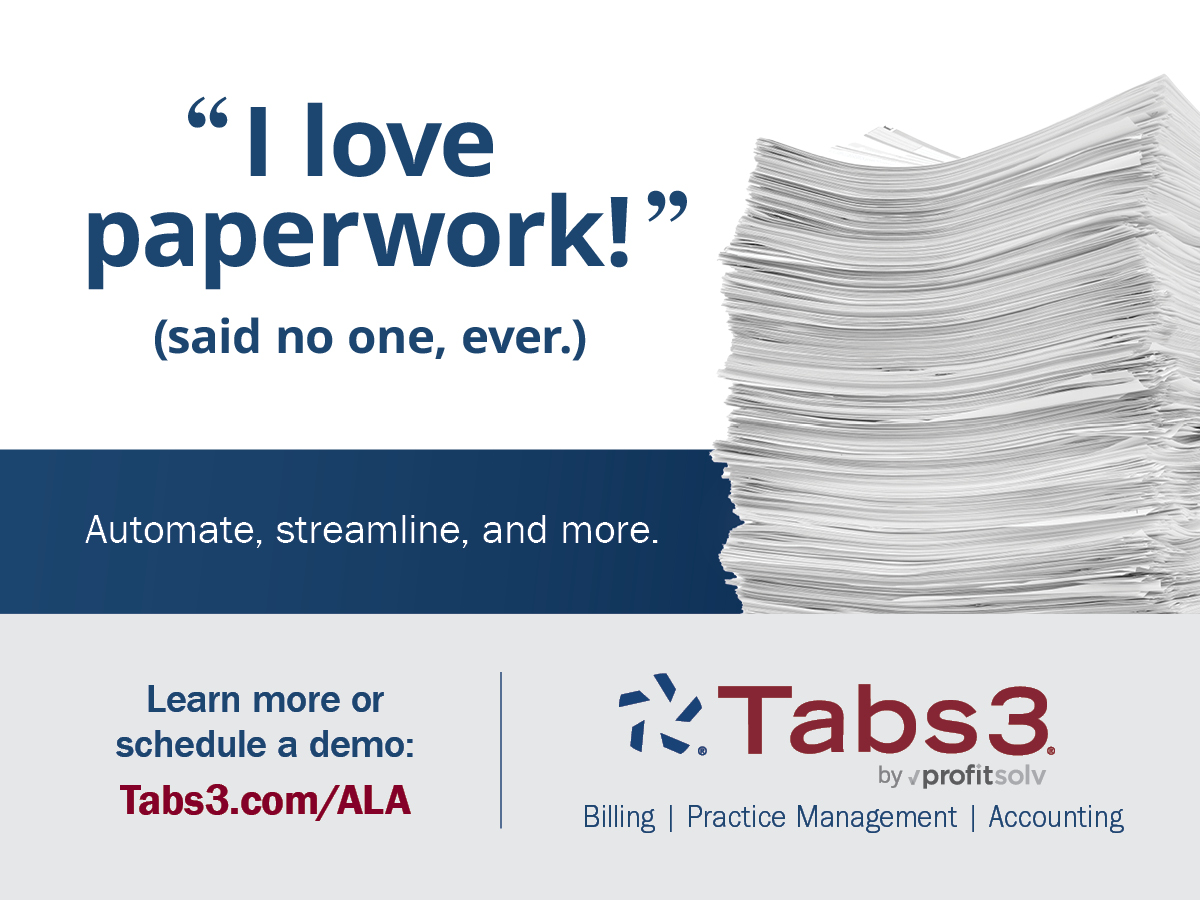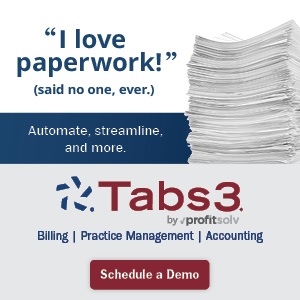The question I have for leaders, especially when it comes to business development is, are you measuring the right things to activate the behaviors you seek? We are so used to measuring outcomes such as billable hours worked and revenue (which are success measures), that we often don’t place the same rigor and priority on measuring the activities that get our lawyers to achieve those success measures.
Our lawyers very often need our guidance to understand what they should do to grow their practices. They need insight into which activities will achieve personal and firmwide goals. Which means as a leader, you must determine the outcomes you want to achieve (your goals), and then reverse engineer to identify the activities that will get you there so you can measure your progress toward achieving those goals.
Whether you have a formally drafted strategic plan, or generally know the key areas that need to improve, you can serve as the wizard-behind-the-curtain to focus your lawyers’ attention on engaging in the right activities.
For example, let’s say your firm has a handful of partners who bring in most of the work and they are nearing retirement. Therefore, your goal is to develop the next generation of rainmakers. The problem is, these folks have generally been service lawyers, but now they must get out into the marketplace to bring in work themselves. This might be a new requirement for many of them, so they will need specific guidance on what they must do.
So, what measures should you use to influence them to engage in the right activities? They need to increase the number of people they know who have the power to give or refer work, they should become more visible in the right organizations, publications and on social media, and they must engage in conversations with the right people to build relationships and learn about their needs.
To that end, a leader can set goals and measures for activities such as:
- The number of people attorneys know who have the power to give or refer work, and how much that number increases over time.
- The number of times they contact those people, both actively (live conversations) and passively (mass distributions like emails).
- The number of talks, articles, social posts and emails sent to the right audiences to stay top-of-mind and establish a position of thought leadership.
- The number of business development meetings they engage in with those audiences.
Maybe you have other opportunities to activate a higher and better level of business development. Perhaps you send your lawyers to many conferences, but not much work comes from their attendance because they are not engaging in enough of the right behaviors, such as meeting the right people, conducting the right conversations and completing the right follow-up activities.
Goals and measures you can implement in this scenario can include:
- At least a month before the conference, your lawyers should submit a plan for how they will maximize their effectiveness at the event.
- The number of breakfasts, lunches, dinners and after-event time slots they schedule in advance with potential clients and referrals sources.
- The number of probing questions they ask when meeting these people to learn about their needs.
- The number of next steps they get with the people they meet that gives them “permission” to follow-up after the event.
- The number of follow-up contacts they make with people they met at the event (as well as those they didn’t meet but wish they did).
You might also have a different scenario. Perhaps you have lawyers with relatively large networks but they aren’t getting enough work from them, both in their own practice and across other firm practices. They’re frustrated, because they know these folks are good candidates for sending work to the firm, but they just can’t push them across the finish line. Goals and measures that could be applied to trigger the right activities here could include:
- The number of meetings they schedule with their contacts.
- The number of open-ended questions they ask their contacts relating to their business and legal issues they may be facing.
- The number of times your lawyers offer some free services (“gifts”) that allow those contacts to sample the work of the firm. For example, it might be an offer to review policies and procedures. Or perhaps they provide training or review documents. Whatever means they choose allows your lawyers to get deeper into their legal needs, which can lead to new work.
- The number of next steps they get that relate to the gift they offered or other activities that would be valuable for that potential client.
At the risk of alienating those who don’t like sports analogies, this is like a basketball coach setting behavioral expectations for the team. We know the mega-goal is to score more points than the other team by the time the game is over, but they also know setting subgoals and measuring key activities like assists, rebounds and steals are key indicators of eventual success.
One of my favorite quotes, from All-Pro football player Russ Francis, is “We’re going to have a good year if our coaching staff lives up to its potential.” As a leader, if you live up to your potential by acting like a great coach, your “team” of lawyers can have a great year too.
David Freeman, JD, recently sat down with Legal Management Talk to discuss how to measure your — and your lawyers’ — progress. Watch it on YouTube or download it wherever you get your podcasts.


